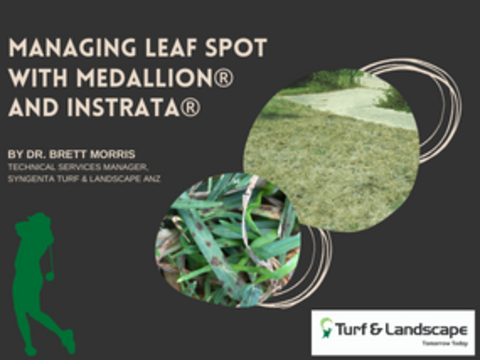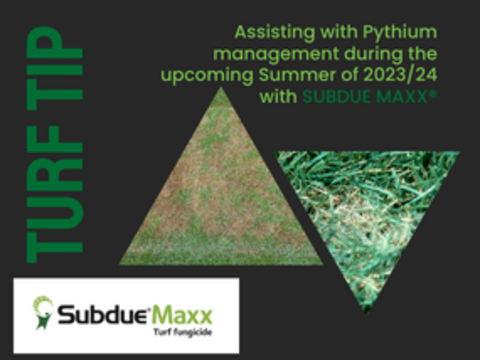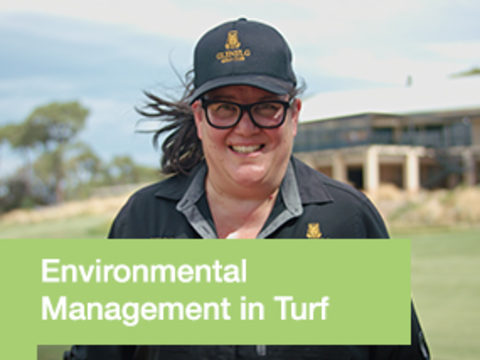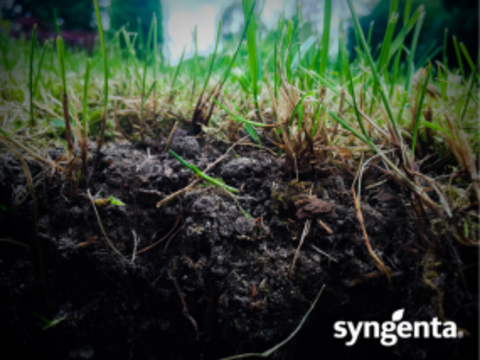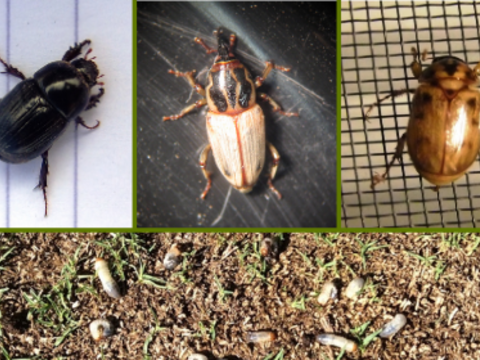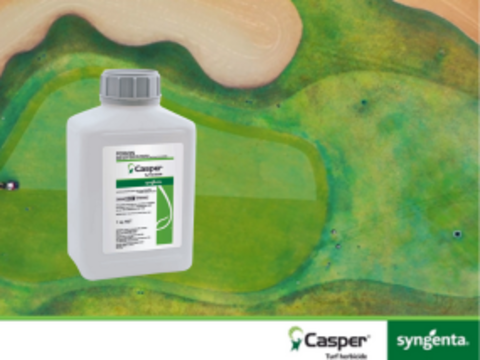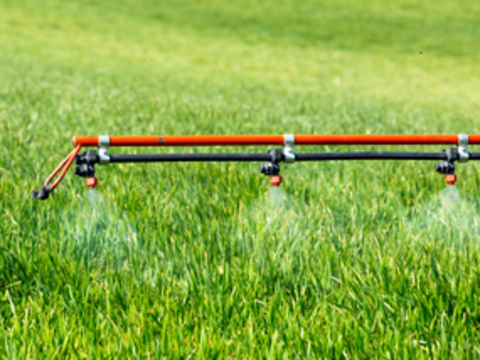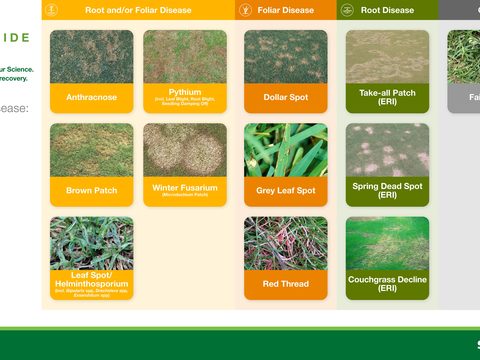Winning the battle against Spring Dead Spot
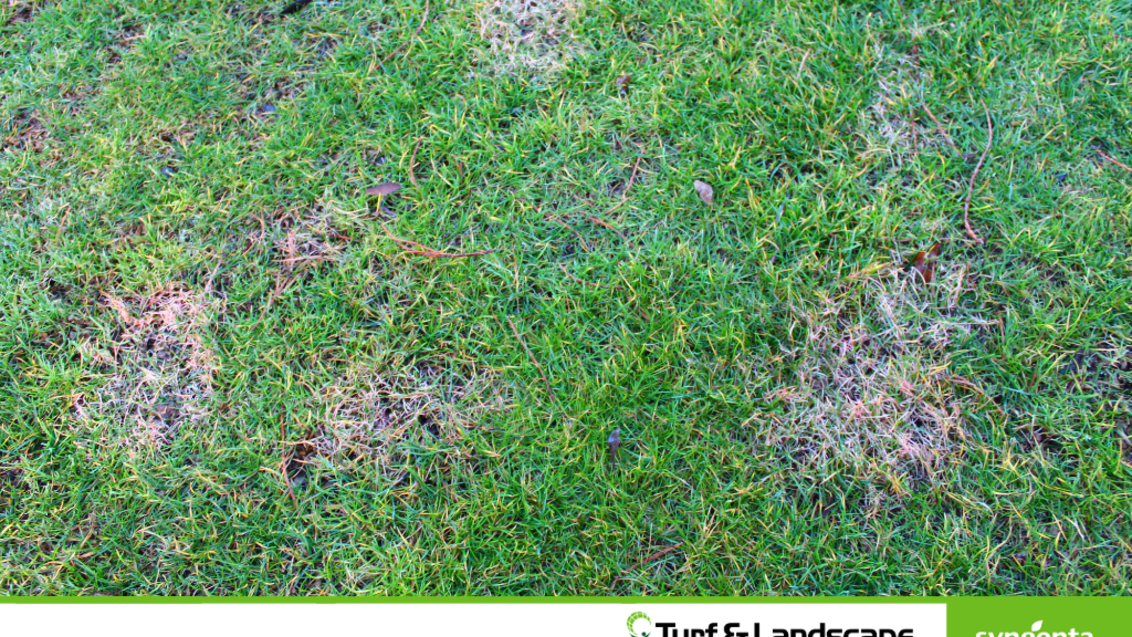
Treating Spring Dead Spot can be a notoriously difficult task – especially once the disease gets out of hand.
The challenge lies in the disease’s cycle. The primary pathogen infection occurs in late summer and autumn as soil temperatures cool. The most rapid pathogen growth occurs when soil temperatures are between 10°C–20°C and becomes highly active around 15°C. Effects of Spring Dead Spot (SDS) are also compounded at this temperature, as Couch grass growth is slowed. Although this damage is done in late summer and autumn, the majority is not visible until spring when dormancy breaks. The results can be catastrophic; the pathogen affects the roots and stolons which become severely rotted in the cooler months. Symptoms of Spring Dead Spot are circular patches of bleached grass, with these areas also being prone to weed incursions as the turfgrass is slow to recolonise the dead spots.
How to effectively manage SDS
‘Prevention is better than cure’ is a popular saying for a reason. The most effective weapon against SDS is ongoing management; a strategy that combines good cultural practices with an effective fungicide schedule.
Practices that can help prevent SDS infection in turf include:
- Fertilise to maintain nutrition needs for a healthy turf, and to build up and store carbohydrate levels before winter. Do not apply excessive nitrogen and ensure there is adequate potassium.
- Improve drainage to ensure adequate but not wet conditions are maintained. In additional avoid excessive irrigation. SDS thrives in moist soil.
- Reduce thatch earlier in the season – ideally below 1 cm thickness – to discourage disease.
- Alleviate compaction in areas affected by SDS.
Cultural practices alone aren’t enough. A preventative fungicide program is also crucial to keep fungal diseases like SDS at bay, and ensuring your turf looks its best. To avoid a ’hit and miss’ approach and to ensure effective application.
Here are three tips for implementing an effective fungicide program:
- Be selective with your solution choice
Many fungicides are registered for Spring Dead Spot, and all bring different attributes to the table. Applications are most effective when made while soil temperatures are between 15–25°C. Fungicide solutions like VELISTA lead the way for SDS as it stays in the root zones – not moving from the roots to the crown like systemic fungicides – giving strong disease control.
- Placement in the Spring Dead Spot Zone
Being a root pathogen, the placement of VELISTA is critical to successful outcomes. To protect your turf over the winter months, make sure your soil is receptive to irrigate for fungicide treatments. Prior irrigation and/or wetting agents can make soils receptive to irrigation and aid movement of fungicides into the profile. When using VELISTA, apply irrigation post-application with 6 mm of water before it has time to dry on the leaf, ensuring movement of the active ingredient into the plants’ roots. Syngenta’s broad-spectrum fungicide VELISTA is a good fungicide option, designed to ‘lock’ into the root system without translocating throughout the plant when it is washed into the root zone.
- Follow up applications
Best results are normally achieved with two applications when managing Spring Dead Spot. VELISTA should be applied with two applications, 14 days apart.
Control SDS with VELISTA
VELISTA is a powerful broad-spectrum fungicide that helps you build a strong defence against SDS and other fungal diseases with ease. It has no phytoxicity or growth retardant effects, making VELISTA suitable even for late summer applications and around renovations.
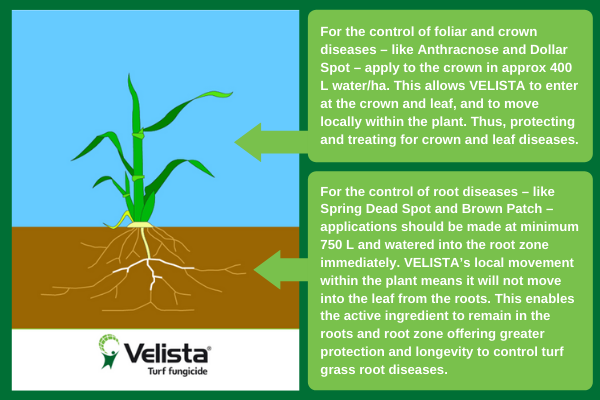
Spring Dead Spot can be a devastating disease with symptoms that show up after the initial infection. An early fungicide plan is critical for control supported by good culture practices.
For more information on SDS prevention, please talk to your local Syngenta turf specialist.


